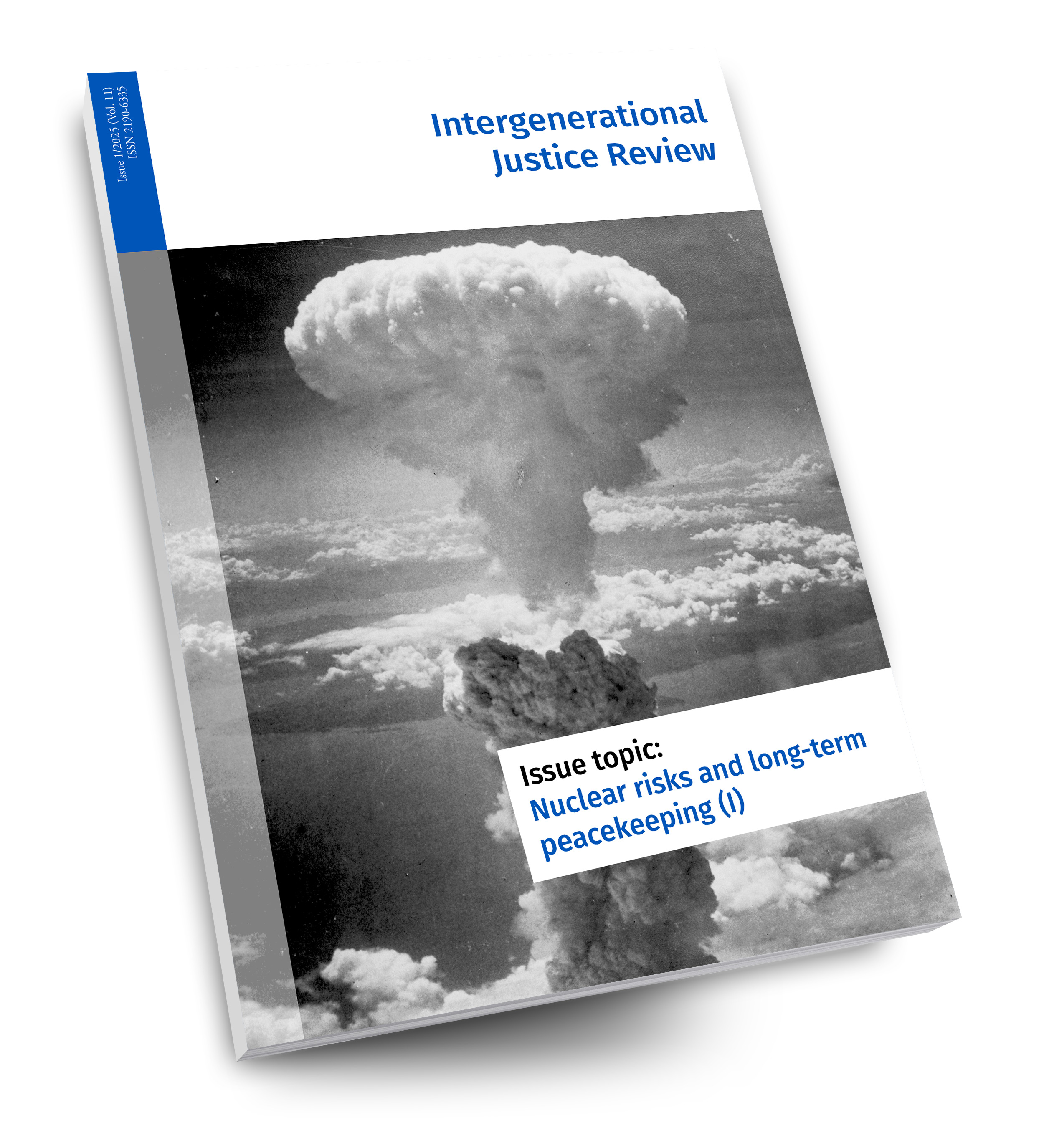Preventing a nuclear escalation in the Ukraine conflict
Main Article Content
Abstract
The Russia-Ukraine conflict has rekindled global anxieties about the potential use of nuclear weapons. It has exposed the complexities of nuclear deterrence in a highly volatile security environment. As tensions have escalated, the risk of nuclear hostilities – whether tactical, demonstrative, or accidental – has become a major point of concern. The Russian administration has repeatedly threatened to use nuclear weapons and announced an update of its nuclear doctrine in November 2024, thereby lowering the threshold for the use of nuclear weapons. Therefore, in critically examining Russia’s nuclear doctrine, this article aims to identify the key triggers for escalation and evaluate the strategic responses of the international community. It investigates how NATO countries, supported by the US’s extended nuclear deterrence commitment, have maintained a calibrated approach, combining military assistance to Ukraine and a high level of nuclear readiness, to ensure a precarious balance that prevented a major nuclear escalation. Underscoring the relevance of nuclear deterrence in the Ukraine conflict, it further delineates how Russia employed nuclear sabre-rattling as a deterrent and an enabler to achieve its strategic goals. Likewise, assessing the impact of Donald Trump’s re-election and his ‘America First’ mantra on the Ukraine conflict, this article discusses potential ways to prevent the conflict from going nuclear, while reinforcing the significance of renewed multilateral cooperation, diplomatic engagement, and a unified Western resolve to deter Russian aggression.
Article Details

This work is licensed under a Creative Commons Attribution 4.0 International License.
Articles in IGJR are being published under the Creative-Commons License "CC 4.0 BY". On the basis of this license, the article may be edited and changed, but the author always has to be credited for the original work. By sending your article to IGJR, you agree to the publication of your article under this license. Please contact us if you do not want to have your article be published under CC 4.0 BY.
